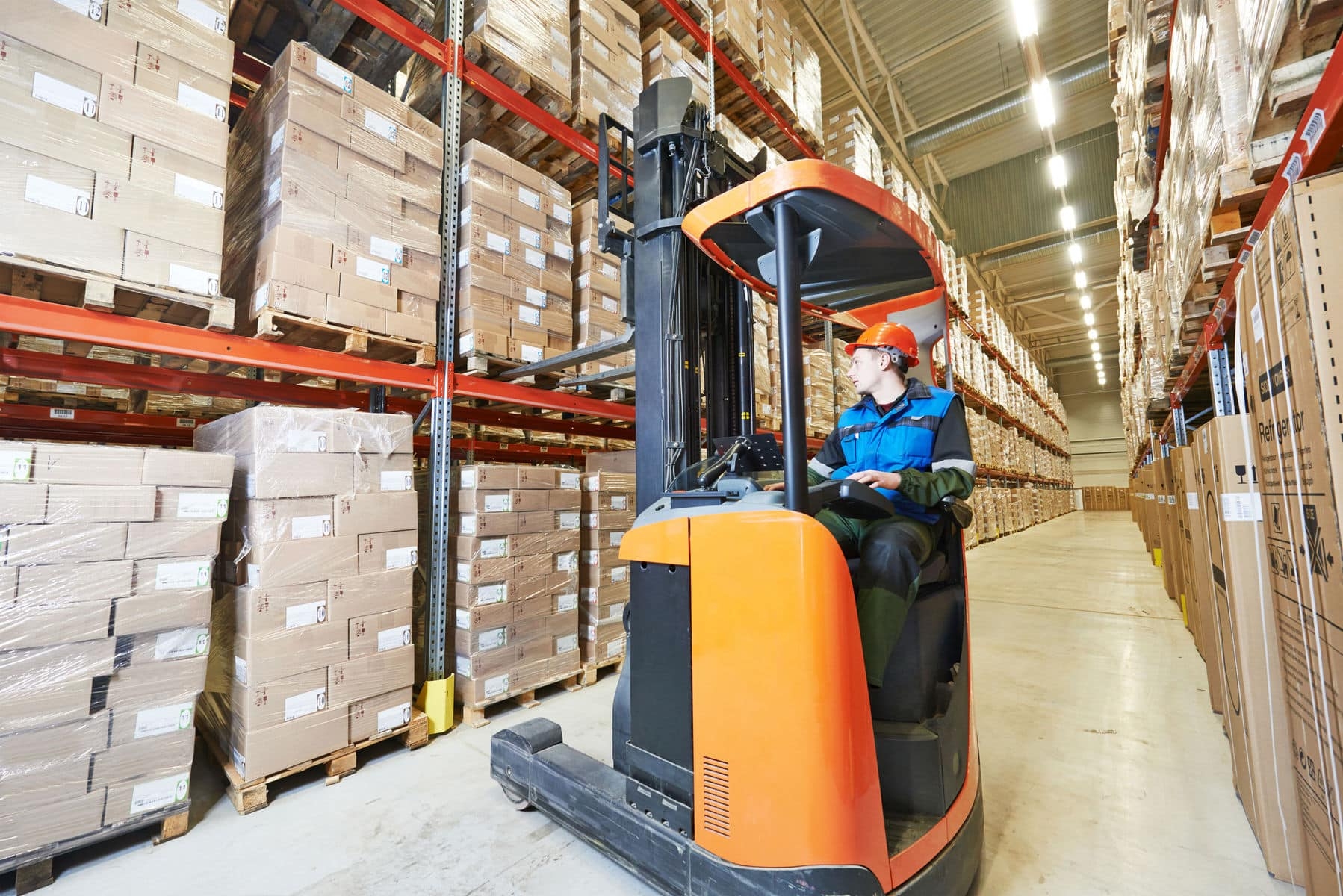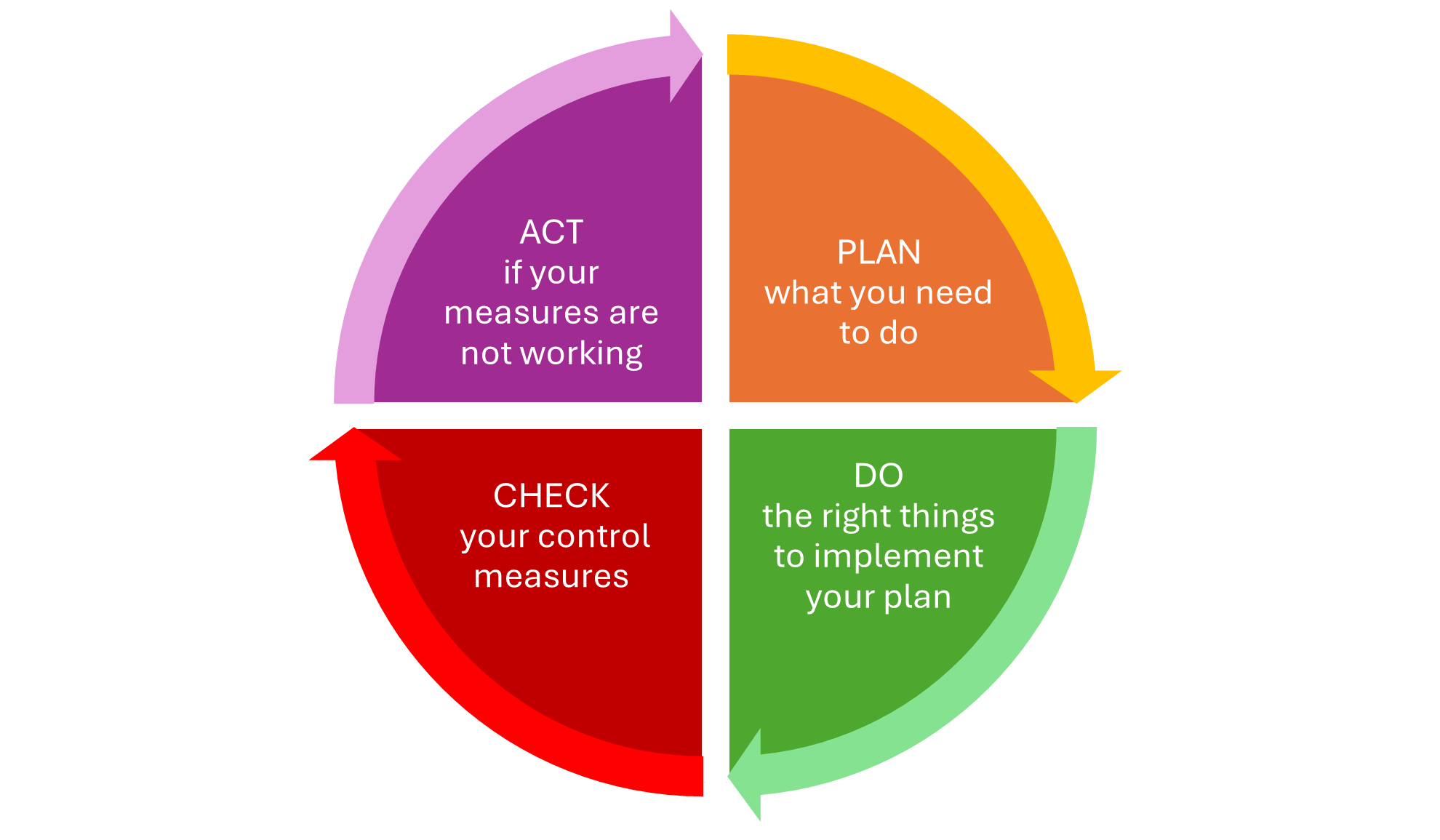With temperatures hitting above 30°C in many parts of the UK, what does this mean for your business and employees? We are frequently asked questions on the subject of employees working in high temperatures, this guide aims to provide advice to employers on managing employee’s health, safety and welfare.
Working in High Temperatures - What is the Legal Limit?
The law does not state a maximum temperature because some industries find themselves working in conditions with excess heat such as glass works for example. However, there is no specific minimum temperature set in law but the Approved Code of Practice suggests a minimum of at least 16°C in the indoor workplace and where there is a lot of physical activity the temperature should be at least 13°C.
Under the Workplace (Health, Safety and Welfare) Regulations 1992, Section 7(1) states “During working hours, the temperature in all workplaces inside buildings shall be reasonable”
To ensure that the workplace is ‘reasonable’, as an employer you have a legal duty under the Management of Health and Safety at Work Regulations 1999 to assess the
risks within the workplace and identify the most ‘reasonable practicable’ controls to manage the risk. As an employer you have a duty to determine what reasonable comfort will be in certain circumstances.
What do we Mean by Reasonably Practicable?
Employers have a legal duty to protect employees as so far as is reasonably practicable under the
Health and Safety at Work Act 1974 and this is about balancing the risk against time, effort and cost. To illustrate this, if a small business with 5 employees didn’t have an air conditioning system and the majority of them were complaining about the high temperatures, then it would not be reasonably practicable to expect them to install a full air conditioning system if there were high cost implications for the business. However, if it was a large business with 100 employees then it would be reasonably practicable to expect them to install a full air conditioning system.
Can I use Air Con or Fans During the Covid-19 Pandemic?
The risk of spreading Covid-19 from fans or air conditioning units is extremely low providing there is adequate supply of fresh air.
If you use fans in the workplace whether desk, ceiling or free standing, it is advisable that these are to be used only if there is an adequate supply of fresh air i.e. open a window or door (unless its a fire door). Good fresh ventilation and using fans can help reduce the risk of spreading Covid-19 as this will reduce any droplets that are stagnant in the air.
Most types of air conditioning systems can be used as normal, however centralised systems that remove and circulate air to various rooms is not recommended as this will spread any droplets from one room to another.
Mechanical ventilation systems which bring fresh air in should only be used. If you are not sure what system you have on the premises you should contact your ventilation maintenance contractor or contact your landlord.
Control Measures
Here at Wirehouse our
H&S Consultants are often asked about the legal aspect of introducing control measures to manage the temperature within the workplace. To determine if it is reasonable or unreasonable, if one employee is complaining about the heat and no-one else is then it would be reasonable but if 8 out of 10 people were complaining about the heat then it would be unreasonable and it then comes a legal duty to manage the risk and implement control measures.
To determine the most appropriate control, the ‘hierarchy of controls’ should be used:
- 1. Can we eliminate the risk?
You cannot completely eliminate the risk of working in high temperatures for some industries but we can reduce it which leads onto the second hierarchy of control.
- 2. Can we reduce the risk?
You can reduce the risk so far as is reasonably practicable. You can install a full air conditioning system, but this may not be reasonable so you could look at portable air conditioning units which can be hired or purchased. Straight away having this control measure has brought down the temperature. This may be costly or not practicable and then we move down further the hierarchy of controls to preventing contact with the hazard.
- 3. Can we prevent employees from working in the high temperatures?
This is very much dependent on your organisation, for example if you have employees who are required to work outside then you might decide to prevent them working outside whilst the temperature is high finding them work inside where it is cooler and when the temperature drops allow them to work outside. This is about reviewing your work activities and determining if more physical jobs can be done in cooler weather and the lighter jobs done in hotter temperatures.
When these measures have been implemented, you may find that the risk is not necessarily resolved so you will need to review again what is reasonably practicable?
- 4. What Safe Systems of Work can we introduce?
This is about identifying and implementing procedures to ensure employees work safely. For example employers can increase employee’s breaks, ensure that employees’ are able to access plenty of drinking water, and in some cases employers offer their employees ice lollies.
This hierarchy of control also includes the servicing and maintenance of air conditioning systems and local exhaust ventilation because for it to work effectively it needs to be on a 14 month service.
- 5. Can we protect our employees by asking them to wear personal protective equipment (PPE)?
If Employees are required to wear PPE to protect themselves from exposure to occupational disease, then in hot working conditions it would be better for these employees to wear more breathable overalls and if they have long hair encourage them to tie it back.
Once you have gone through the hierarchy of controls ask yourself if you have done everything that is reasonably practicable at that present time remembering that businesses can change over the year and circumstances can change too.
Nationally when we experience hot weather employees wonder if they can be sent home from work. As an employer, you have a legal obligation to risk assess the temperature and implement controls which are so far as is reasonably practicable ensuring that you are keeping your employees safe and preventing them from suffering heat stress.
Get in touch today for targeted advice about workplace temperatures, or any other Health and Safety issue affecting your business. 






